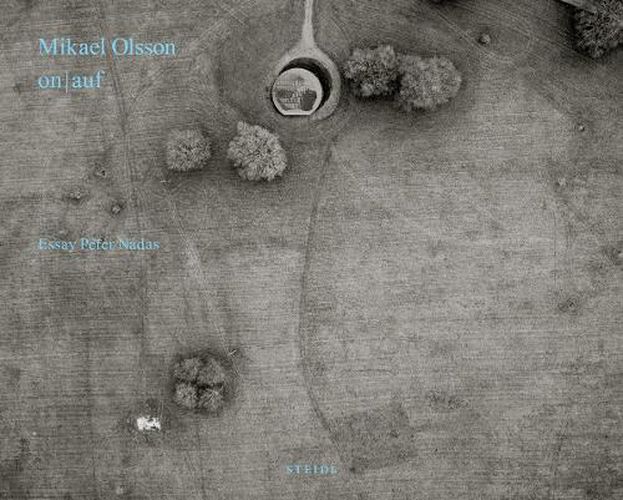Readings Newsletter
Become a Readings Member to make your shopping experience even easier.
Sign in or sign up for free!
You’re not far away from qualifying for FREE standard shipping within Australia
You’ve qualified for FREE standard shipping within Australia
The cart is loading…






In on | auf the Swedish artist Mikael Olsson undertakes a photographic interpretation of the Swiss architects Herzog & de Meuron’s and the Chinese artist Ai Weiwei’s temporary pavilion at the Serpentine Gallery in London.
By investigating the traces of their creative processes in their archives, and exploring the relation between the structure and its various contexts, Olsson creates images that follow and go beyond the object-a visual narrative uncovering issues of memory, identity and perception.
The book includes an essay by author Peter Nadas entitled Loaned Landscapes, Borrowed Objects. The Space of the Image and the Image of Space in Mikael Olsson’s Photography.
In his images Mikael Olsson is fascinated by the tension between visual constituents and visual conventions, the reality of perception and the reality of vision, of the concrete and the abstract. Peter Nadas
$9.00 standard shipping within Australia
FREE standard shipping within Australia for orders over $100.00
Express & International shipping calculated at checkout
In on | auf the Swedish artist Mikael Olsson undertakes a photographic interpretation of the Swiss architects Herzog & de Meuron’s and the Chinese artist Ai Weiwei’s temporary pavilion at the Serpentine Gallery in London.
By investigating the traces of their creative processes in their archives, and exploring the relation between the structure and its various contexts, Olsson creates images that follow and go beyond the object-a visual narrative uncovering issues of memory, identity and perception.
The book includes an essay by author Peter Nadas entitled Loaned Landscapes, Borrowed Objects. The Space of the Image and the Image of Space in Mikael Olsson’s Photography.
In his images Mikael Olsson is fascinated by the tension between visual constituents and visual conventions, the reality of perception and the reality of vision, of the concrete and the abstract. Peter Nadas